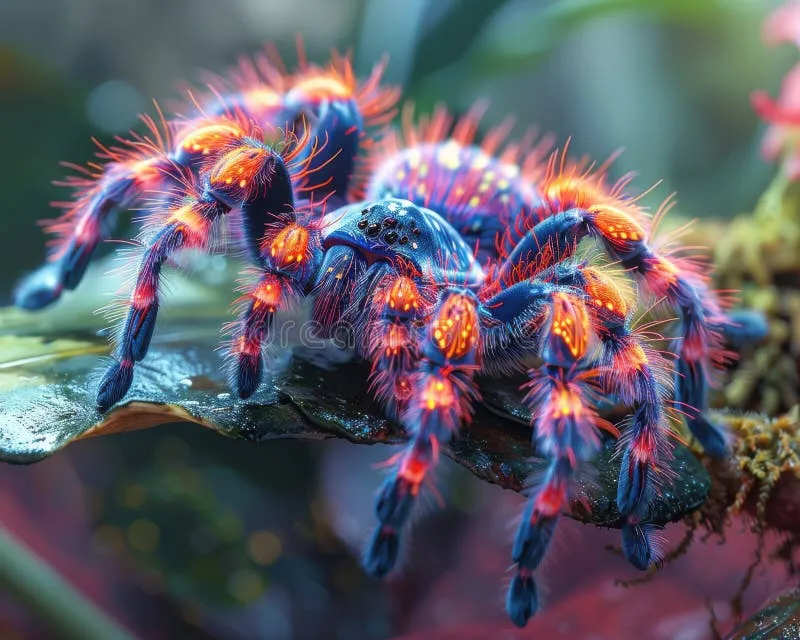What Makes a Tarantula Beautiful?
The world of tarantulas is a captivating realm of diverse colors, patterns, and sizes, making these arachnids a source of fascination for many. While beauty is subjective, certain tarantula species possess striking features that elevate them to the status of ‘most beautiful’ in the eyes of enthusiasts. Assessing the beauty of a tarantula involves considering various aspects, from their vibrant coloration and intricate patterns to their overall form and behavior. It is important to note that the perception of beauty can vary greatly depending on individual preferences, but some tarantulas consistently garner praise for their aesthetic appeal. This article will delve into the specific features that contribute to a tarantula’s beauty, offering a glimpse into the criteria used to evaluate these stunning creatures.
Color and Pattern: The Beauty of Tarantulas
Color and pattern are primary factors in determining a tarantula’s visual appeal. Tarantulas exhibit an astonishing range of hues, including vibrant blues, fiery oranges, deep purples, and iridescent greens. These colors are often combined in complex patterns, such as stripes, spots, or intricate mosaics, creating a mesmerizing visual display. The intensity and arrangement of colors can vary significantly between species, with some displaying subtle gradients and others showcasing bold contrasts. Certain species, like the Brazilian Rainbow Tarantula, are celebrated for their multiple vibrant colors, while others, like the Gooty Sapphire Ornamental, are admired for their deep, uniform hues. The play of light on the tarantula’s setae (hair-like structures) can also enhance its beauty, creating shimmering effects that add to their allure. The combination of these features contributes to the unique aesthetic of each tarantula, making them highly sought after by collectors and enthusiasts.
Habitat and Behavior: Factors in Beauty
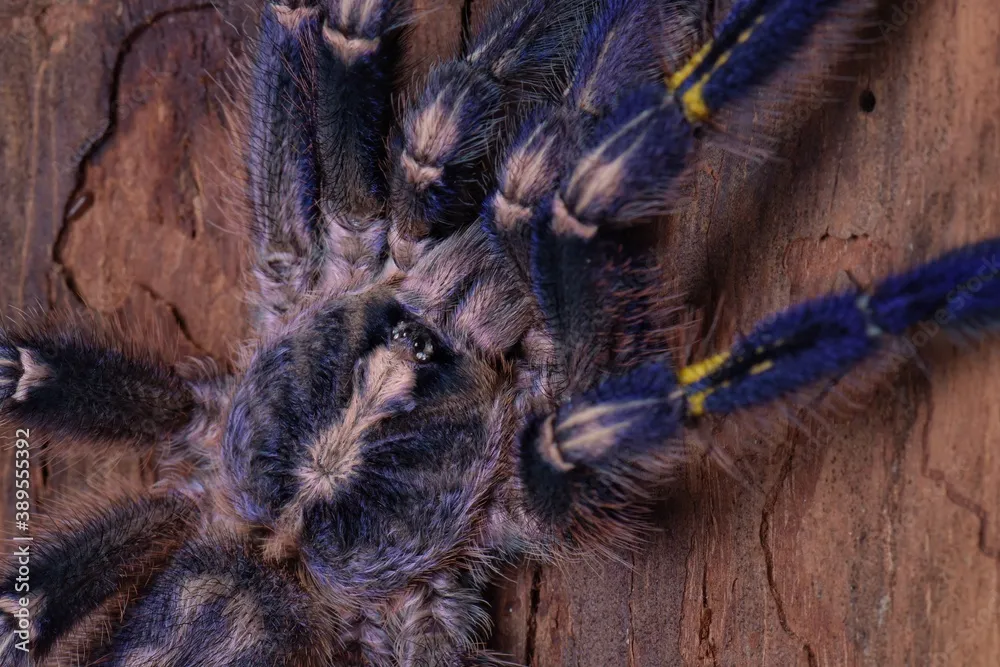
While color and pattern are visually prominent, a tarantula’s habitat and behavior also contribute to its overall aesthetic. The environment in which a tarantula lives can influence its coloration and appearance. For instance, tarantulas that inhabit humid environments may have richer, more vibrant colors compared to those in drier habitats. Furthermore, the way a tarantula interacts with its surroundings can enhance its beauty. The graceful movements, the way it positions itself, and its hunting behavior all play a role. Some tarantulas are known for their docile nature, while others exhibit more defensive postures, which can be striking. The size and overall form of the tarantula, including the shape of its legs and abdomen, also factor into the assessment of its beauty. Therefore, appreciating a tarantula’s beauty requires an understanding of its natural history and the context in which it lives.
Top 5 Stunning Tarantula Species
Choosing the ‘most beautiful’ tarantulas is always a matter of personal preference, but some species consistently rank high in aesthetic appeal. The following five tarantulas are celebrated for their striking colors, unique patterns, and overall visual impact. These species offer a diverse range of beauty, from the bold contrasts of the Pink Zebra Beauty to the iridescent sheen of the Cobalt Blue Tarantula.
The Brazilian Rainbow Tarantula
The Brazilian Rainbow Tarantula (Chromatopelma cyaneopubescens) is a true gem in the tarantula world. This species is renowned for its striking combination of colors, including vibrant red, orange, blue, and green hues. The carapace (the top of the cephalothorax) often displays a metallic sheen, while the legs can feature contrasting colors, such as orange and red. Its abdomen has multiple colors. The Brazilian Rainbow Tarantula’s beauty is complemented by its active nature and relatively docile temperament, making it a popular choice among tarantula keepers. The species’ impressive size and intricate color pattern make it an unforgettable sight.
The Pink Zebra Beauty Tarantula
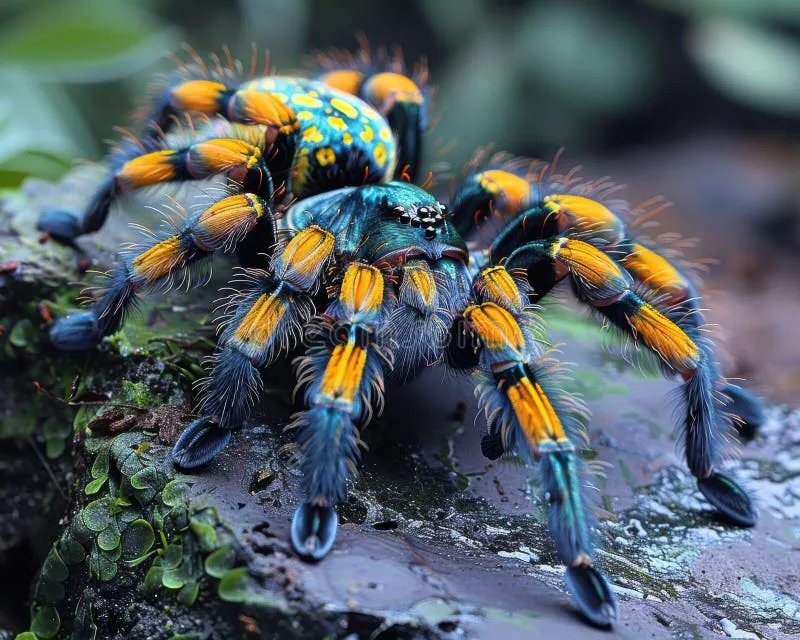
The Pink Zebra Beauty Tarantula (Grammostola pulchra) is another captivating species, known for its bold contrast of black and pink. Its legs and carapace are typically a deep, velvety black, while the abdomen features striking pink or white stripes, resembling a zebra pattern. This species’ unique appearance sets it apart from many other tarantulas, making it a highly sought-after addition to any collection. The Pink Zebra Beauty is also appreciated for its calm demeanor and relatively low maintenance requirements, which enhance its appeal for both novice and experienced keepers.
The Cobalt Blue Tarantula
The Cobalt Blue Tarantula (Cyaneopubescens) is a species that mesmerizes with its iridescent blue coloration. This stunning color is most pronounced in juveniles and gradually fades as they mature. The shimmering blue hue covers its legs and carapace, creating a truly remarkable appearance. The Cobalt Blue Tarantula’s striking colors are complemented by its active behavior, making it a dynamic and visually engaging species to observe. However, it is important to note that they are known to be defensive and possess a potent venom, requiring responsible handling and care.
The Gooty Sapphire Ornamental Tarantula
The Gooty Sapphire Ornamental Tarantula (Poecilotheria metallica) is another striking species, highly prized for its metallic blue and yellow coloration. This arboreal tarantula’s legs are adorned with intricate patterns, adding to its unique appeal. Their striking colors and impressive size, coupled with their relatively docile temperament (compared to other Poecilotheria species), make them a favorite among tarantula enthusiasts. This species offers a dramatic visual impact, showcasing a rare and captivating blend of colors.
The Greenbottle Blue Tarantula
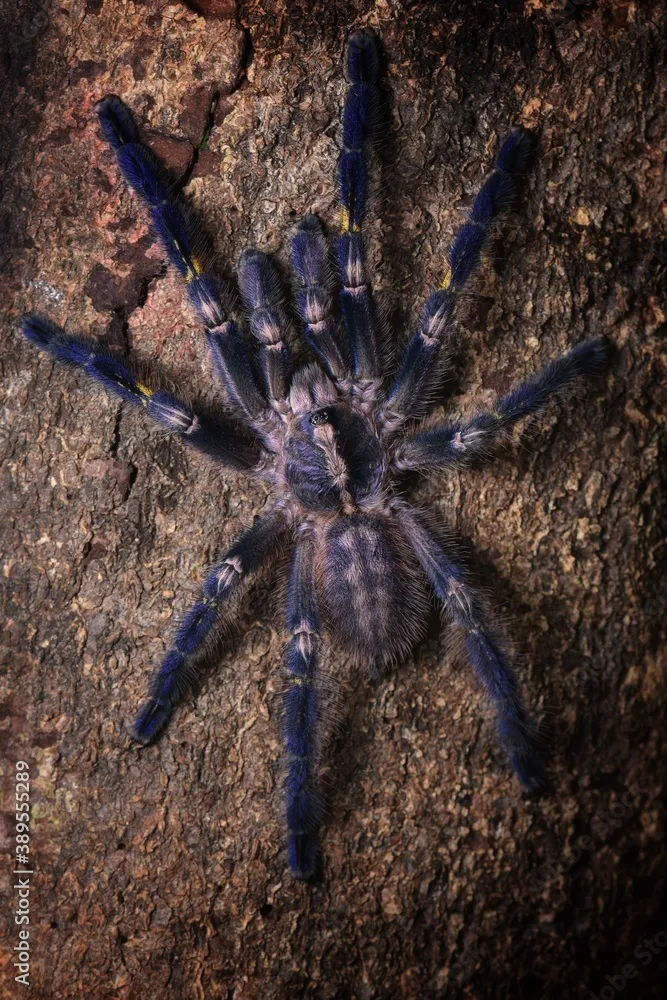
The Greenbottle Blue Tarantula (Chromatopelma cyaneopubescens) offers an incredible color combination that makes it a top choice. With vibrant blue legs, a metallic green carapace, and a striking orange abdomen, this species is a true visual masterpiece. They are known for their active nature, and their colors are best displayed under the right lighting conditions. The species’ bold colors and active demeanor create a captivating spectacle for those who are fortunate enough to observe them.
Caring for Beautiful Tarantulas
Caring for beautiful tarantulas involves providing a suitable habitat that mimics their natural environment and ensures their health and well-being. This includes appropriate temperature, humidity, substrate, and hiding places. Regular feeding with insects and providing a clean water source are also essential. It is important to research the specific needs of each species, as requirements can vary. Moreover, safe handling practices and responsible ownership are crucial to protect both the tarantula and the keeper. Understanding the needs of these amazing creatures guarantees that you can enjoy their beauty responsibly.
Creating the Ideal Habitat
Creating the ideal habitat for a beautiful tarantula involves several key factors. The enclosure should be appropriately sized for the species, with adequate ventilation and a secure lid. The substrate, such as coconut fiber or peat moss, should be chosen to maintain the appropriate humidity levels. Providing hiding places, such as cork bark or artificial plants, allows the tarantula to feel secure and reduces stress. Temperature and humidity levels should be monitored regularly and adjusted based on the species’ specific requirements. This ensures the overall well-being of your tarantula.
Feeding and Handling
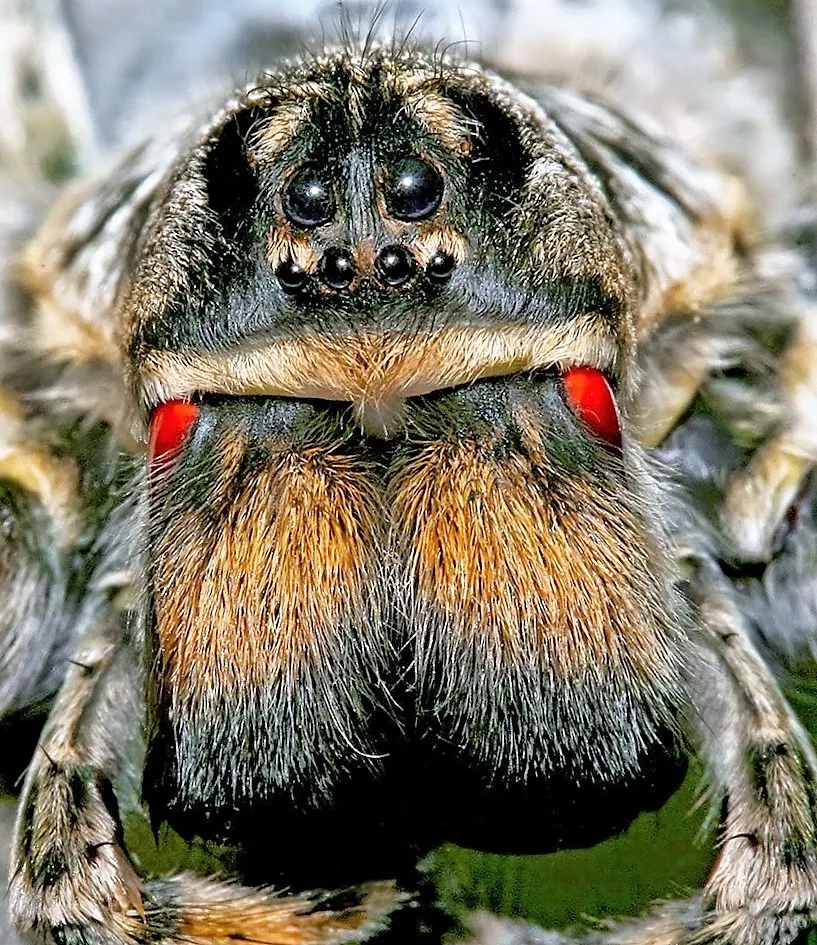
Proper feeding and handling are crucial aspects of caring for beautiful tarantulas. Tarantulas primarily feed on insects, such as crickets, mealworms, and roaches, depending on the species’ size. Feeding frequency varies, but it is generally recommended to feed juveniles more often than adults. Providing a clean water source is essential for hydration. When it comes to handling, it is important to do so cautiously and only when necessary, as tarantulas can be fragile and easily stressed. Understanding your specific tarantula’s temperament and taking all the necessary precautions can keep you and your pet safe.
Health and Longevity
Maintaining the health and longevity of a beautiful tarantula requires attention to several factors. Providing a well-maintained habitat, balanced diet, and proper handling are vital. Regular observation can help identify any potential health issues early on. Some common issues include dehydration, mites, or parasites. It is important to consult with a veterinarian experienced with exotic animals if any health concerns arise. With proper care, many tarantulas can live for several years, allowing keepers to enjoy their beauty and unique characteristics for a long time.
